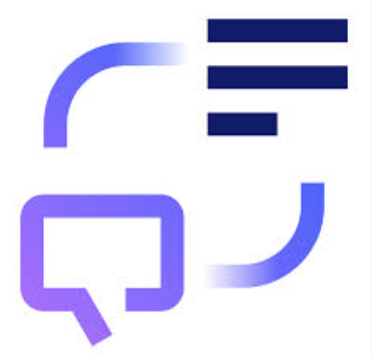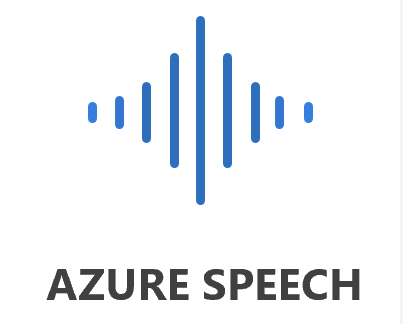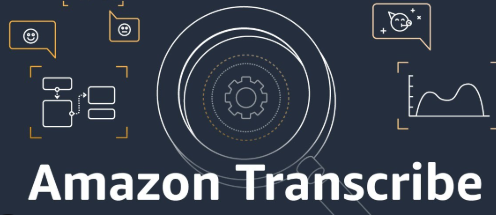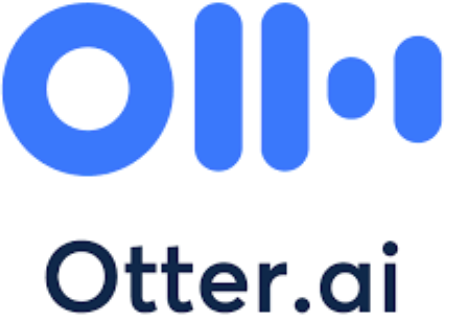Introduction: The Debate Over AI in Speech Recognition
In an era where digital communication is paramount, speech recognition AI tools are hailed as revolutionary. They promise to streamline tasks, improve accessibility, and enhance communication by converting spoken language into text with remarkable accuracy.
But here’s the controversial question: Are these AI tools truly improving communication, or are they eroding the essence of human interaction? In this article, we’ll explore some of the best AI tools for speech recognition, their features, and how they’re impacting both businesses and individuals.
Why Speech Recognition Needs AI Tools
The ability to accurately transcribe spoken words is essential in various fields, from customer service to healthcare. AI tools are designed to tackle these challenges by:
Increasing efficiency: AI can process speech faster than human transcriptionists, saving time and resources.
Enhancing accessibility: By converting speech to text, AI tools make information accessible to those with hearing impairments.
Improving accuracy: Advanced algorithms reduce errors in transcription, ensuring clear communication.
But do these tools really deliver on their promises? Let’s dive into some of the top AI tools in speech recognition.
Top AI Tools for Speech Recognition
Here’s a breakdown of some of the most innovative AI tools currently transforming speech recognition:
1. Google Cloud Speech-to-Text

Why it’s great: Google Cloud Speech-to-Text leverages AI to provide a robust platform for real-time and batch speech transcription, focusing on accuracy and language support.
Key features:
AI-driven real-time and batch transcription
Support for over 120 languages and variants
Integration with other Google Cloud services
Pros:
High accuracy with advanced machine learning models
Ideal for businesses needing multilingual support and scalability
Cons:
Requires internet connection for cloud-based processing
Subscription costs may be a barrier for smaller businesses
2. IBM Watson Speech to Text

Why it’s great: IBM Watson Speech to Text uses AI to offer a comprehensive speech recognition service, focusing on customization and domain-specific models.
Key features:
AI-driven customizable language models for specific domains
Real-time transcription with speaker diarization
Integration with IBM Watson’s suite of AI services
Pros:
Customizable models enhance accuracy for specific industries
Ideal for enterprises needing tailored speech recognition solutions
Cons:
Complex setup may require technical expertise
Subscription costs could be high for extensive usage
3. Microsoft Azure Speech Service

Why it’s great: Microsoft Azure Speech Service uses AI to provide a flexible speech recognition platform, focusing on real-time transcription and speaker identification.
Key features:
AI-driven real-time transcription and speaker identification
Support for custom voice models and language understanding
Integration with Microsoft’s Azure AI ecosystem
Pros:
Flexible customization options with AI integration
Ideal for developers seeking to build speech-enabled applications
Cons:
Requires familiarity with Azure services for optimal use
Subscription costs may be prohibitive for smaller projects
4. Amazon Transcribe

Why it’s great: Amazon Transcribe leverages AI to offer a scalable speech recognition service, focusing on real-time and batch transcription for various applications.
Key features:
AI-driven real-time and batch transcription
Automated insights for improving transcription accuracy
Integration with AWS ecosystem for seamless deployment
Pros:
Scalable solution with AI integration for large applications
Ideal for businesses using AWS services for cloud infrastructure
Cons:
Limited offline capabilities
Subscription costs may be high for extensive usage
5. tter.ai

Why it’s great: Otter.ai uses AI to provide an intuitive speech recognition tool, focusing on meeting and lecture transcription with collaborative features.
Key features:
AI-driven real-time transcription with collaboration tools
Automated insights for summarizing and organizing notes
Integration with popular productivity tools like Zoom and Google Meet
Pros:
User-friendly interface with AI integration for real-time collaboration
Ideal for professionals and students needing efficient note-taking solutions
Cons:
Limited to English and a few other languages
Subscription required for advanced features
The Pros and Cons of AI Tools in Speech Recognition
While these tools offer significant advantages, they’re not without their challenges. Let’s break it down:
Pros:
Increased efficiency: AI tools process speech faster than human transcriptionists.
Enhanced accessibility: Speech-to-text conversion aids those with hearing impairments.
Improved accuracy: Advanced algorithms ensure clear and precise transcription.
Cons:
High costs: Many AI tools are expensive, making them inaccessible to smaller businesses.
Privacy concerns: Storing and processing speech data raises privacy issues.
Dependence on internet: Cloud-based tools require constant connectivity.
FAQs About AI Tools in Speech Recognition
Q: Can AI tools replace human transcriptionists?
A: While AI tools enhance efficiency and accuracy, human transcriptionists are still essential for nuanced and context-sensitive transcription.
Q: Are these tools suitable for all types of businesses?
A: Yes, many tools like Google Cloud Speech-to-Text and Otter.ai offer scalable features suitable for various business sizes and needs.
Q: Do AI tools guarantee accurate transcription?
A: AI tools significantly enhance transcription accuracy through advanced algorithms, but success also depends on the quality of input audio and model customization.
Conclusion: Are AI Tools the Future of Speech Recognition?
AI tools like Google Cloud Speech-to-Text, IBM Watson Speech to Text, Microsoft Azure Speech Service, Amazon Transcribe, and Otter.ai are undeniably transforming speech recognition. They offer increased efficiency, enhanced accessibility, and improved accuracy, making it easier to process and utilize spoken language.
But here’s the catch: AI tools are not a magic solution. They’re powerful assistants, but they require careful implementation and management to deliver their full potential. So, are AI tools the future of speech recognition? Yes—but only if they’re used responsibly and in collaboration with skilled professionals.
